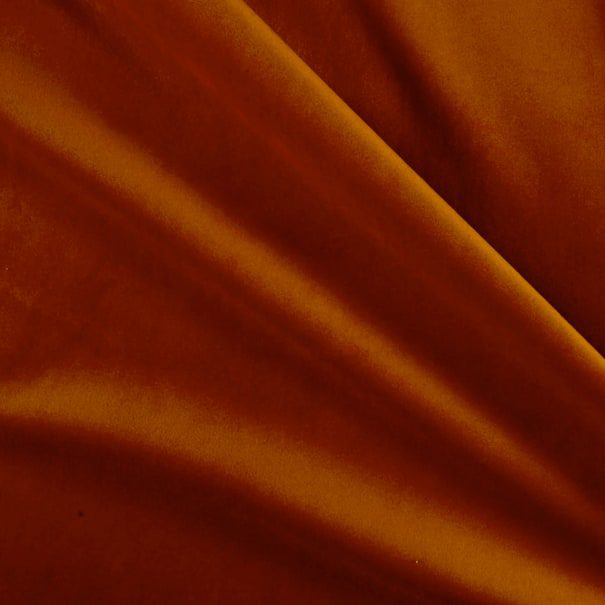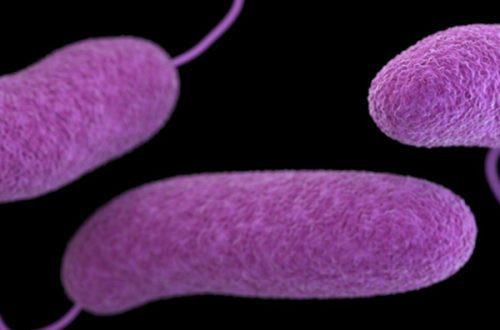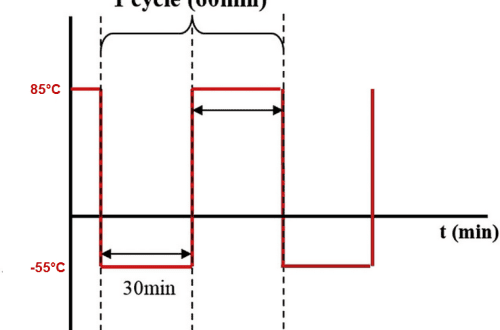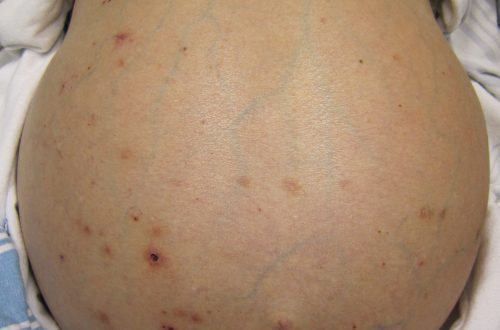
“Velvet Rust”
Velvet disease or Oodiniumosis – this disease of aquarium fish has many names. For example, it is also known as “Gold Dust”, “Velvet Rust”, and in English-speaking countries is referred to as Velvet disease and Oodinium species.
The disease is caused by the tiny parasites Oodinium pilularis and Oodinium limneticum.
This disease affects most tropical species. The most vulnerable are Labyrinth fish and Danio.
Life cycle
These parasites begin their life cycle as a microscopic spore that swims in the water in search of a host. Typically, infection begins in soft tissue, such as the gills, and then enters the bloodstream. At this stage, in domestic conditions, it is almost impossible to notice the onset of the disease.
In a closed aquarium ecosystem, the population is growing rapidly and the number of spores in the water is constantly increasing. Soon the parasite begins to settle on the outer covers. For its protection, it forms a hard crust around itself – a cyst, which looks like a yellow dot on the body of the fish.
When ripe, the cyst unhooks and sinks to the bottom. After a while, dozens of new spores appear from it. The cycle ends. Its duration is up to 10-14 days. The higher the water temperature, the shorter the life cycle. It is worth noting that if the dispute does not find a host within 48 hours, it dies.
Symptoms
As mentioned above, a clear sign of Velvet disease is the appearance of many yellow dots on the body, which indicates an advanced stage of the disease. The fish feels itching, discomfort, behaves restlessly, tries to “itch” on the design elements, sometimes inflicting open wounds and scratches on itself. Difficulty breathing due to damage to the gills.
Manifestations of the “Gold Dust” disease in the form of dots on the body are similar to the symptoms of another disease of aquarium fish known as “Manka”. But in the latter case, the lesions are not so significant and are limited only to the outer covers.
Treatment
Oodinium is highly contagious. If symptoms are noted in one fish, all others are likely to be infected. Treatment should be carried out in the main aquarium for all its inhabitants.
As a medicine, it is strongly recommended to purchase special preparations from well-known manufacturers and act according to the instructions. There are narrowly targeted medicines for Velvet disease, as well as universal medicines for parasitic infections. If there is no certainty that the diagnosis is correct, it is advisable to use a universal remedy, such as:
Tetra Medica General Tonic – A universal remedy for a wide range of bacterial and fungal diseases. Produced in liquid form, supplied in a bottle of 100, 250, 500 ml
Country of manufacture – Sweden
Tetra Medica Lifeguard – A broad-spectrum drug against most fungal, bacterial and parasitic infections. Produced in soluble tablets of 10 pcs per pack
Country of manufacture – Sweden
AQUAYER Paracide – A drug for the fight against exoparasites of a wide spectrum of action. Dangerous for invertebrates (shrimps, snails, etc.) Produced in liquid form, supplied in a 60 ml bottle
Country of origin – Ukraine
At the cyst stage, the parasites Oodinium pilularis and Oodinium limneticum are immune to drugs. However, spores floating freely in water are relatively defenseless, so the effect of drugs is effective precisely at this stage of their life cycle. The course of treatment averages up to two weeks, since it is necessary to wait until all the cysts are over, releasing spores.
Specialized medicines for Velvet disease
JBL Oodinol Plus – A specialized remedy against the parasites Oodinium pilularis and Oodinium limneticum, which cause Velvet disease. Produced in liquid form, supplied in a bottle of 250 ml
Country of origin – Germany
API General Cure – a universal remedy for pathogenic microorganisms, safe for the biological filter. It is produced in the form of a soluble powder, supplied in boxes of 10 bags, or in a large jar of 850 gr.
Country of manufacture – USA
Aquarium Munster Odimor — A specialized remedy against parasites of the genera Oodinium, Chilodonella, Ichthybodo, Trichodina, etc. Produced in liquid form, supplied in a bottle of 30, 100 ml.
Country of origin – Germany
AZOO Anti-Oodinium – A specialized remedy against the parasites Oodinium pilularis and Oodinium limneticum, which cause Velvet disease. Produced in liquid form, supplied in bottles of 125, 250 ml.
Country of origin — Taiwan
The general requirements are (unless otherwise specified in the instructions for use of the drug):
- an increase in water temperature to the upper acceptable limit that the fish can withstand. Elevated temperature will accelerate the maturation of the cyst;
- increased aeration of water will compensate for the loss of oxygen provoked by an increase in temperature, as well as facilitate the breathing of fish;
- removal of absorbent substances such as activated carbon from the filtration system. For the duration of treatment, it is advisable to use conventional internal filters.
Disease Prevention
The carrier of the parasite can be both new fish and plants, design elements that were previously in another aquarium. Each newly added fish must live in a separate quarantine aquarium for a month, and the design elements are carefully processed. Those items that can withstand high temperatures (stones, ceramics, etc.) must be boiled or ignited. As for plants, it is worth refraining from acquiring them if there is the slightest doubt about their safety.




